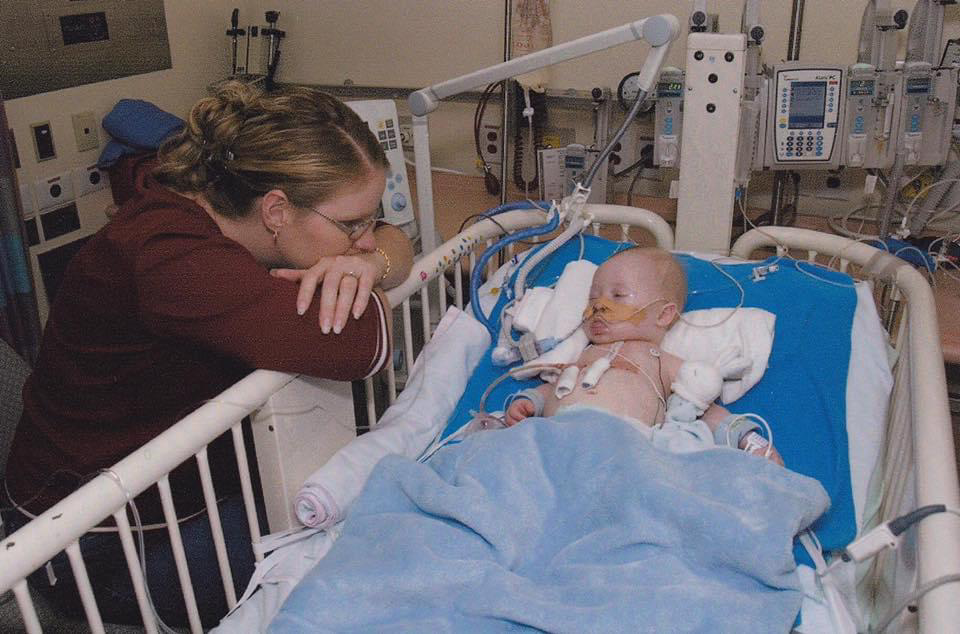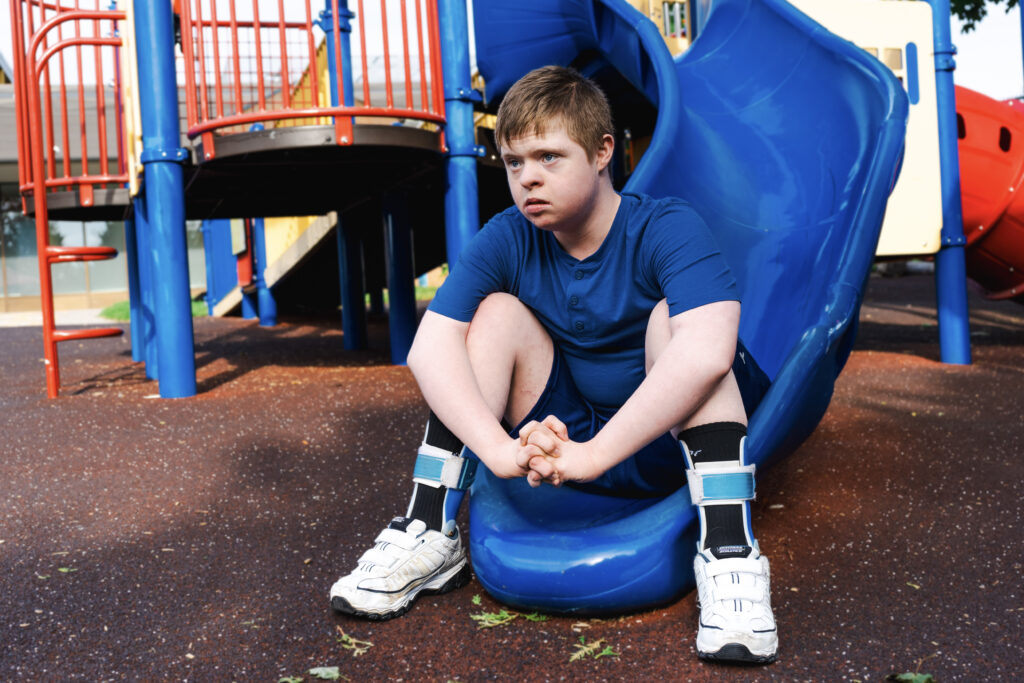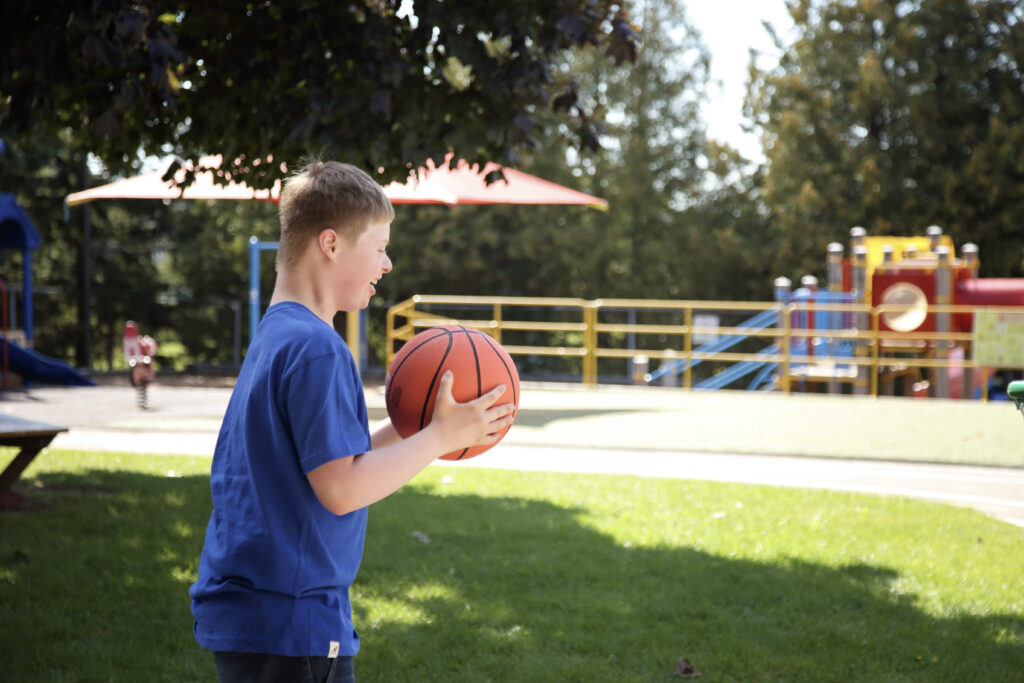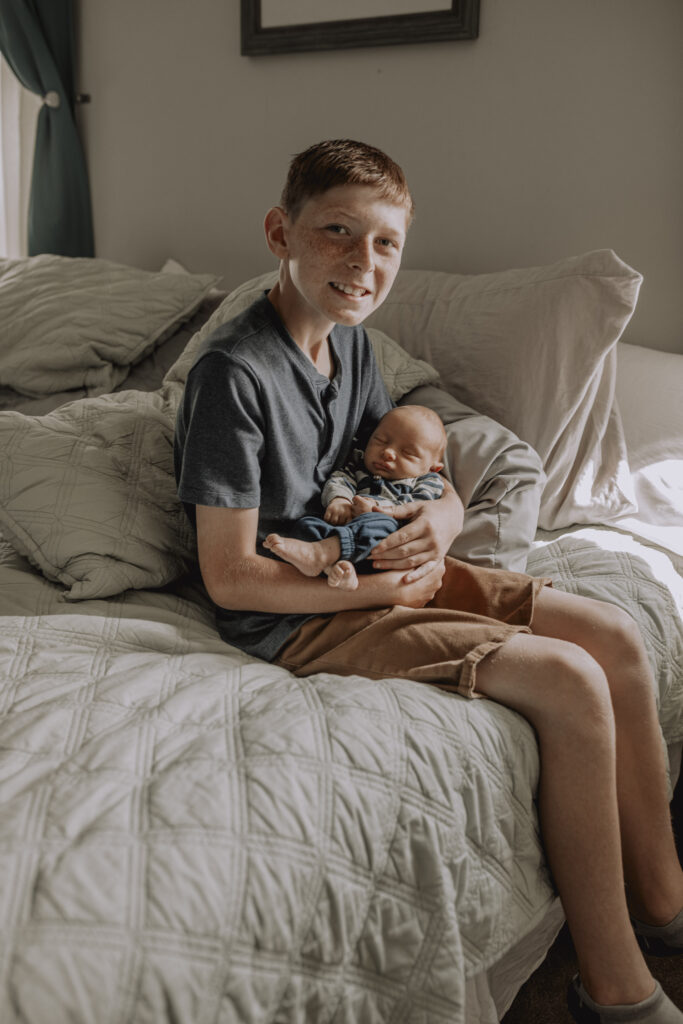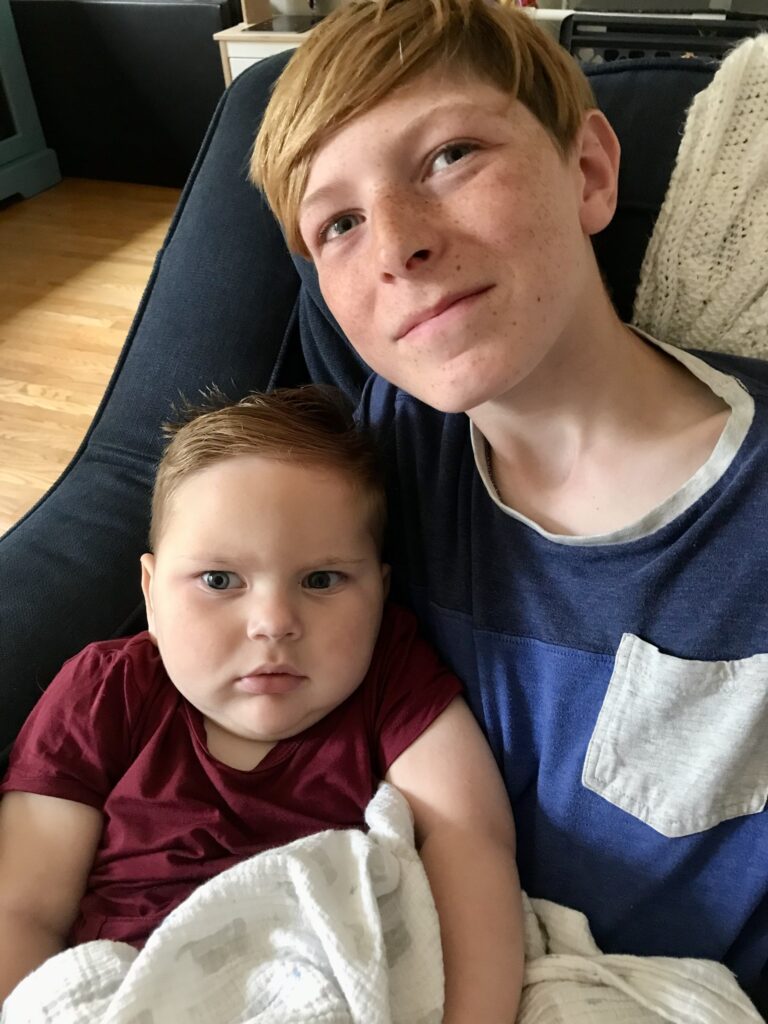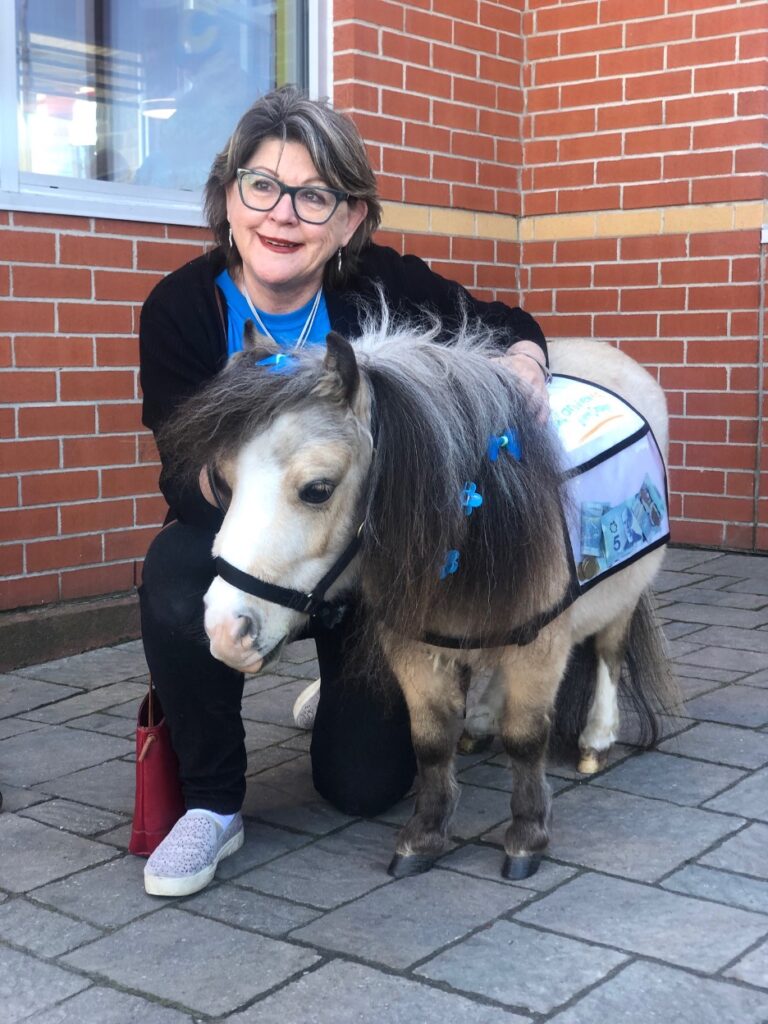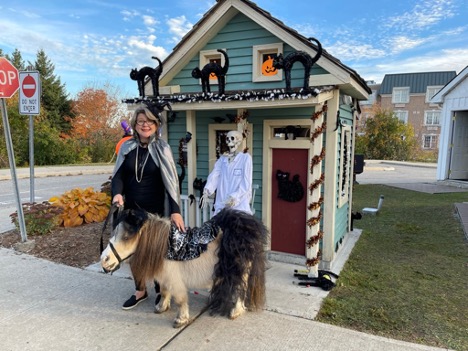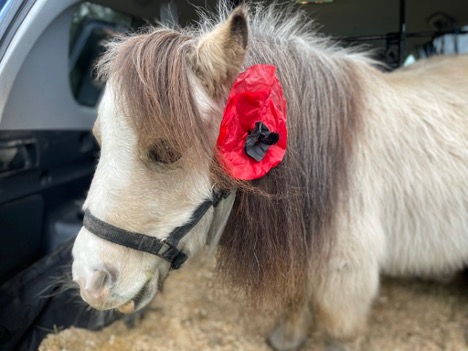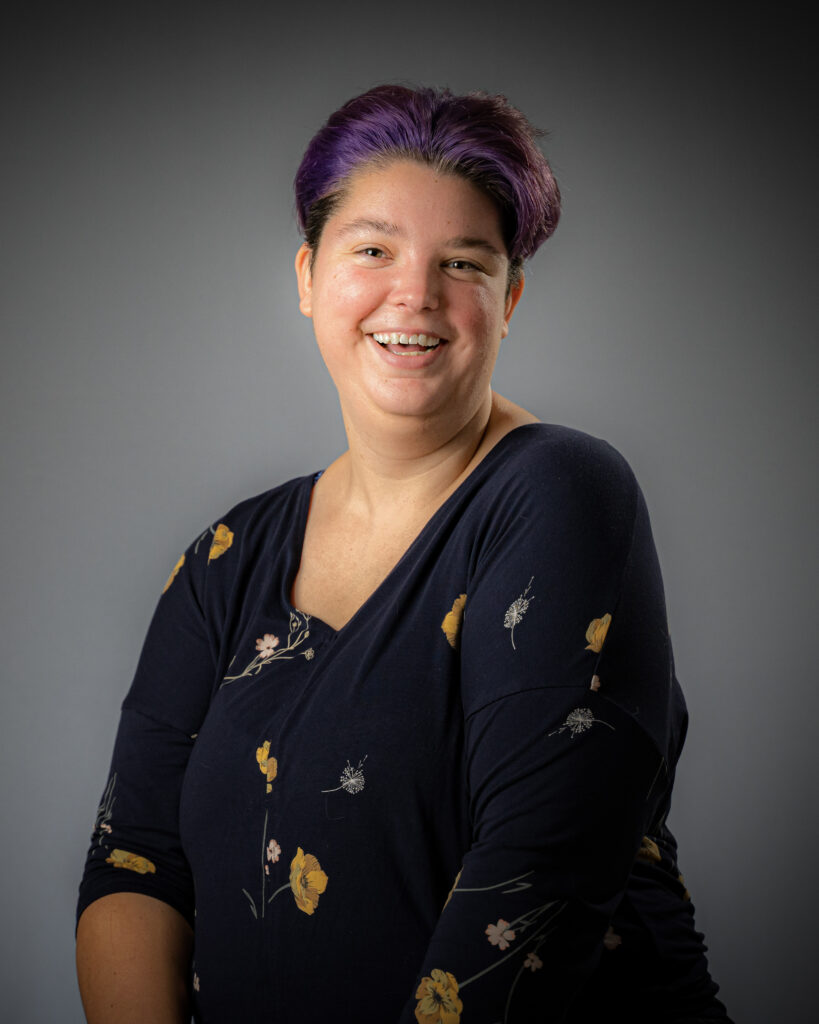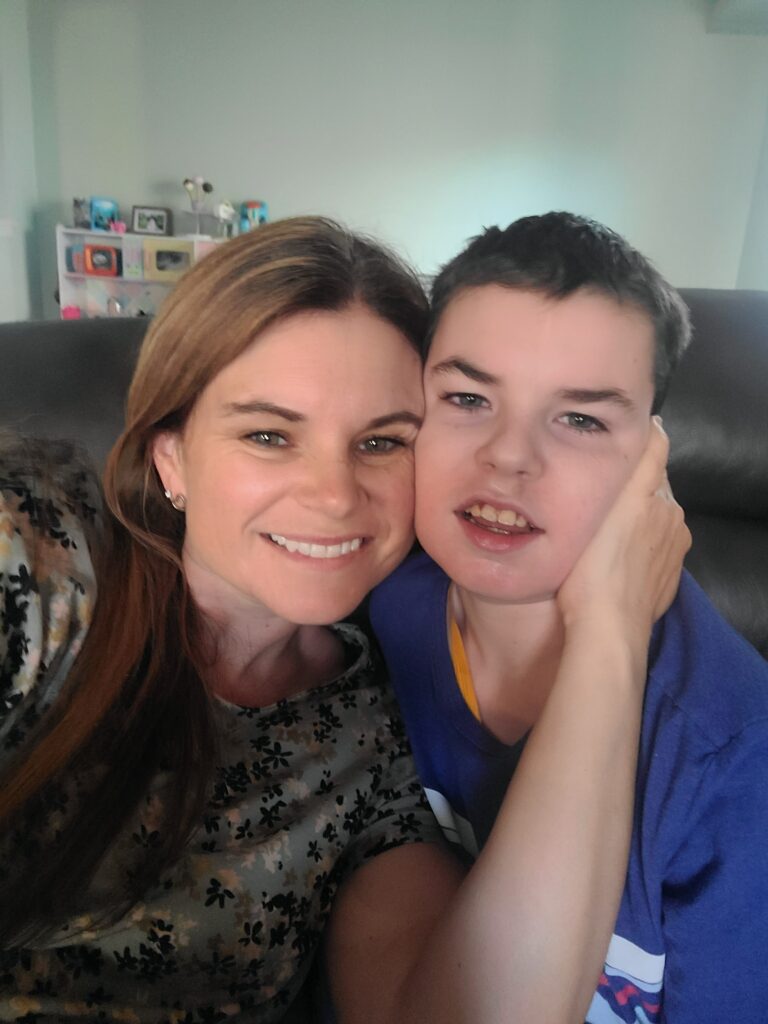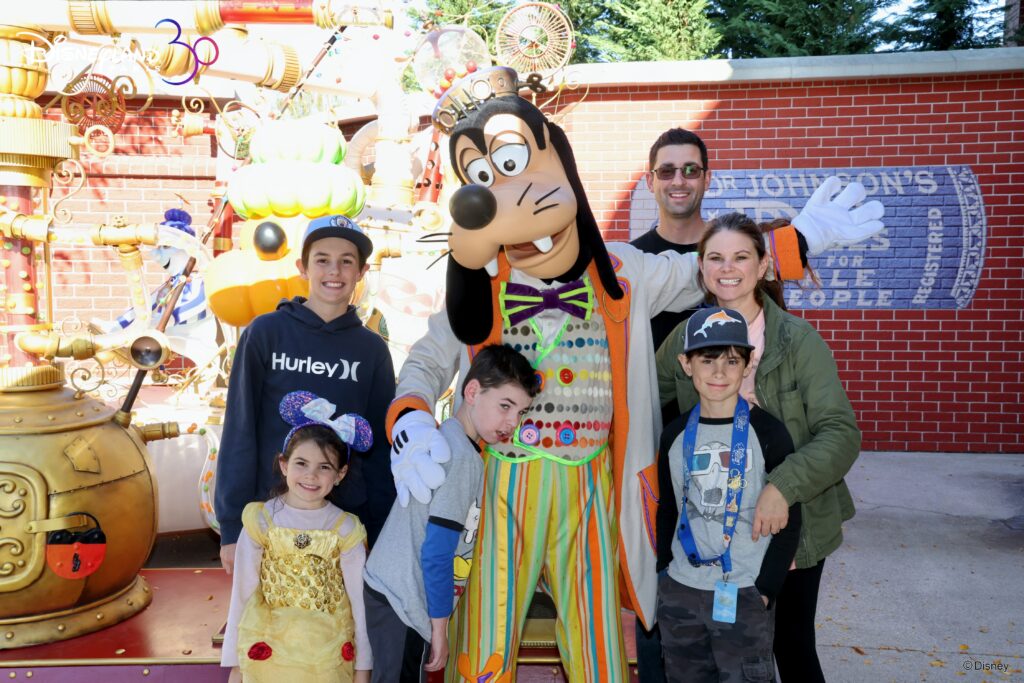Written by IDEA committee member and Grandview Kids parent, Abby V.
Rare Disease Day is an international event held on February 28 to raise awareness about the impact of rare diseases on people’s lives and to emphasize the need for research. Canadian families with rare illnesses are facing extraordinary challenges. These include misdiagnosis, unnecessary surgeries, social isolation, financial hardship and lack of treatment options.
Zoe’s Story
Like many people, Sarah-Lynne and Erik followed the traditional route of starting a family. They got married, bought a house, and decided that they were ready to start adding children to their family. They were surprised with identical twin boys in 2016, and always wanting a large family tried for a third child. Zoe was born in October 2018 and perfectly completed their family, but life as they knew it would not be deemed “typical” again.
Zoe was discharged from the hospital as a healthy baby, only to be readmitted twice for jaundice and weight loss. On the family’s second emergency visit, she was admitted to the NICU for feeding and weight loss support. Suddenly and without explanation, Zoe went into distress. She had a perforated bowel and was in emergency surgery within hours of being transported by ambulance to Sick Kids Hospital. She was declared septic with the possibility of meningitis. For the next nine months, her parents would not have any answers as to what was causing Zoe’s illness. After fiercely advocating for their daughter and conducting tests that are not offered in Canada, Zoe was finally diagnosed with a rare Congenital Disorder of Glycosylation (CDG), SLC35A2-CDG.
Zoe is the 49th person in the world to have this strain of CDG. She is now five-years-old, and her diagnosis continues to affect her daily living. She has severe global developmental delay, muscular hypotonia, Epilepsy, Cortical Visual Impairment (CVI), cervical spine instability, risk of spinal cord compression, obstructive sleep apnea, GERD, and scoliosis, and is G-tube fed. Her disease requires round-the-clock care and medications to keep her healthy and comfortable as everything, including her sleep, independence, mobility and communication, is affected.
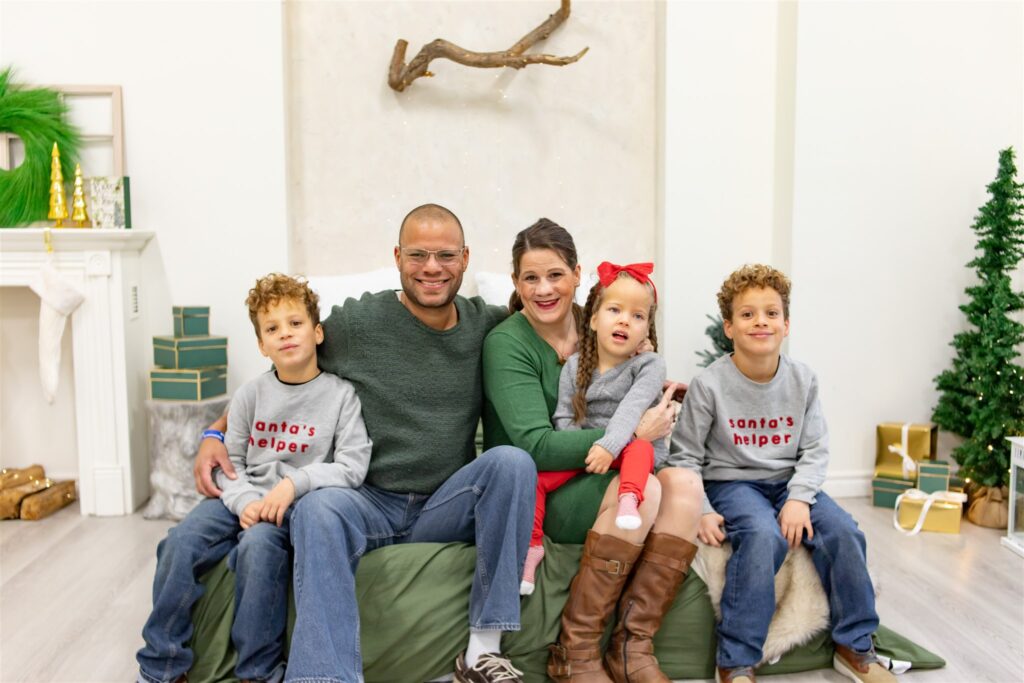
At Grandview Kids, Zoe receives Occupational Therapy, Physiotherapy, Speech-Language Pathology, and Recreational Therapy and attends Grandview School. Early intervention before the age of six is a necessity as this is the time most brain development occurs. Zoe’s parents continually fundraise for her private therapies and medications but also give back a portion to organizations that have made a direct impact on Zoe’s life. “Sky is the limit. We can’t put an amount on her quality of life, especially if more therapy now means this might change the whole trajectory of her life,” says her mom.
Living with a rare disease means every day is a rollercoaster journey of emotions, but Sarah-Lynne has learned that “grief and joy can coexist.” A balance must be found to be able to enjoy the joyous moments but allow the reality that the life you expected is not what it is. You can grieve the life you wanted for your child and your family, but you can also see through a new lens of compassion, kindness, strength and resiliency. Zoe’s diagnosis is the “hardest but most rewarding thing I will ever experience. I am a better person because of it, and so is everyone else around Zoe.”
